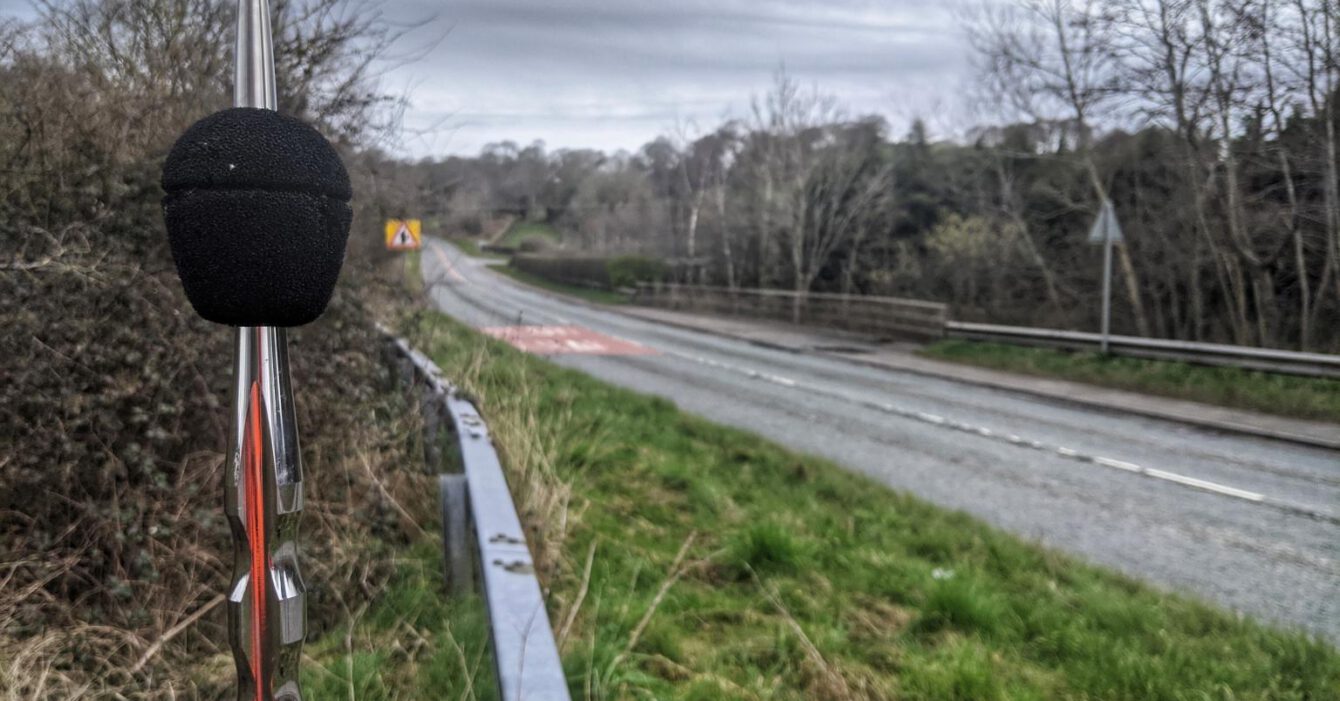
Noise Impact Assessment
If you are in need of a Noise Impact assessment or unsure below, we talk you through everything. It is noted that assessment of environmental noise is required for most new planning applications to assess the impact of noise on recent developments.
The starting point for all building projects is to obtain planning permission, and this involves an environmental noise survey. Noise assessments are often required to support a planning application where there are concerns about noise in terms of noise impact on a proposed development or noise impact from a proposed development.



What is a Noise Impact Assessment?
Noise Impact Assessments (NIAs) comprise a series of detailed noise surveys, which are often required for a variety of planning applications. These are requested by the Environmental Health Department at the Local Planning Authorities (LPA), in order to establish the environmental noise impacts of existing and proposed developments. An NIA will typically involve an assessment of the existing noise sources and a comparison of the predicted noise level generated by the proposed development.NIAs typically focus on Transportation noise (Road, Rail and Aircraft) upon proposed noise sensitive developments in accordance with BS8233:2014 and noise from proposed or existing commercial or industrial units upon noise sensitive developments in accordance with BS4142:2014.
Focusing on a BS8233:2014 assessment, the aim is to set out internal and external noise levels for internal habitable rooms (bedrooms, living rooms and dining rooms) and rear gardens for the daytime (07:00-23:00) and night-time (23:00-07:00) periods. For industrial developments, a comparison is made between the rating level (noise from the industrial source accounting for the character) and the existing background sound levels.
Noise modelling is crucial to accurately predicting noise levels at the proposed receptors and is the key component to any assessment undertaken. Noise models are created through using state-of-the-art CadnaA software, which can accurately predict noise levels, and how they propagate over a site from multiple sources.
How is a Noise Survey conducted?
The aim of a noise survey is to quantify the existing sound climate and to obtain a baseline measurement of the noise environment within the vicinity of your proposed development. Once the noise environment has been defined, the potential noise impact on residential dwellings can be assessed. The level of noise impact is analysed according to the relevant standard to ensure the future occupants will not be adversely affected by noise.
- A noise survey will be conducted to establish the noise levels across the development site. Measurements can include for transportation, industrial, retail, entertainment and leisure uses and could be attended or unattended depending on the source.
- Through noise modelling, predicted noise levels are then calculated at the façade of the dwellings well as within the external amenity areas.
- From here, appropriate mitigation measures can be recommended, as a Mitigation Schedule, to protect the external areas and internal habitable rooms.
- Internal noise levels will be calculated to allow the provision of appropriate glazing and ventilation specifications as required, which will also include for an Overheating Assessment with consideration to the requirements given in Building Regulations.
- Finally, all the above will be included in a technical report which will be suitable for submission as part of a planning application or to discharge a condition as part of Reserved Matters.
What will be in the Noise Impact Assessment report?
The noise assessment report will outline:
- Detail of the proposed development and the existing area, including the existing sound climate.
- The surveying method that has been used to assess the noise incident on site, including monitoring locations, monitoring dates and times, the equipment used, calibration details, and weather conditions.
- A summary of the results in accordance with the requirements of relevant standards and guidance.
- An assessment of the noise level results in accordance with applicable standards and guidance.
- Mitigation measures required to protect the amenity of the future occupants, including for any acoustic barriers, glazing and façade insulation requirements.
